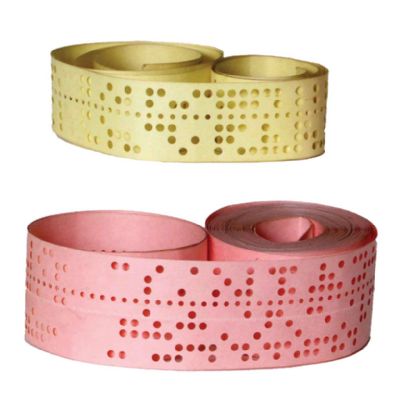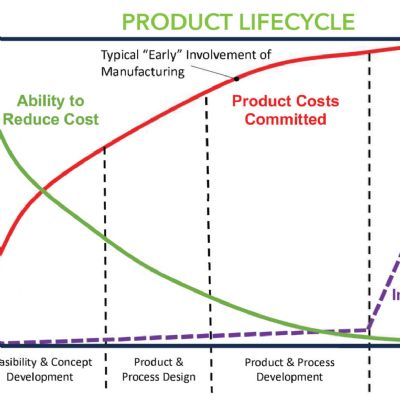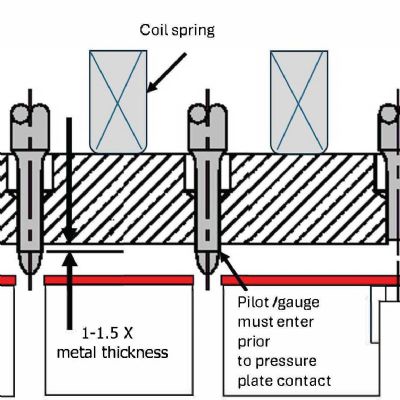 Thomas Vacca
Thomas VaccaQ: Many Years Back You Published the "Ten Tooling Laws," Can You Reprint Them?
February 26, 2024Comments
Editor’s Note: Former STAMPING Journal readers will recognize Tom Vacca, director of tooling design and engineering at Micro Corp., as the author of the Ask the Expert column. Happily, Vacca has agreed to continue answering your perplexing tool and die and stamping questions in MetalForming. Send your questions to kbachman@pma.org.
|
|
As a result of trying to solve difficult stamping issues, we sometimes shoot from the hip. The 10 Tooling Laws were drafted out of necessity to address many performance issues that stemmed from a relatively small list of fundamental misconceptions. These laws sometimes seem obvious to some, but not so obvious to others. Follow them and success will follow!
1. Have no other goal except your personal best. Your work is a reflection of you. Do not cut corners. Inadequate work will cause you to touch it twice. If you have to touch it twice, ask yourself what you could have done differently the first time.
2. Achieve perfect execution. It is either perfect or it’s not. Never approach a job with the trial-and-error method. In everything you do, take it to the next level. Ask yourself what can go wrong. Plan and take action for any foreseen risks to achieve first-hit success every time. Do not wait for bad results to drive your process.
3. Quality workmanship is defined as consistency. Be consistent in your methods every time. A measure of quality is in the consistency of the results. Inconsistent methods lead to inconsistent targets. First get the process consistent. Do it the same way every time. Then you can adjust the target to hit the bullseye.








